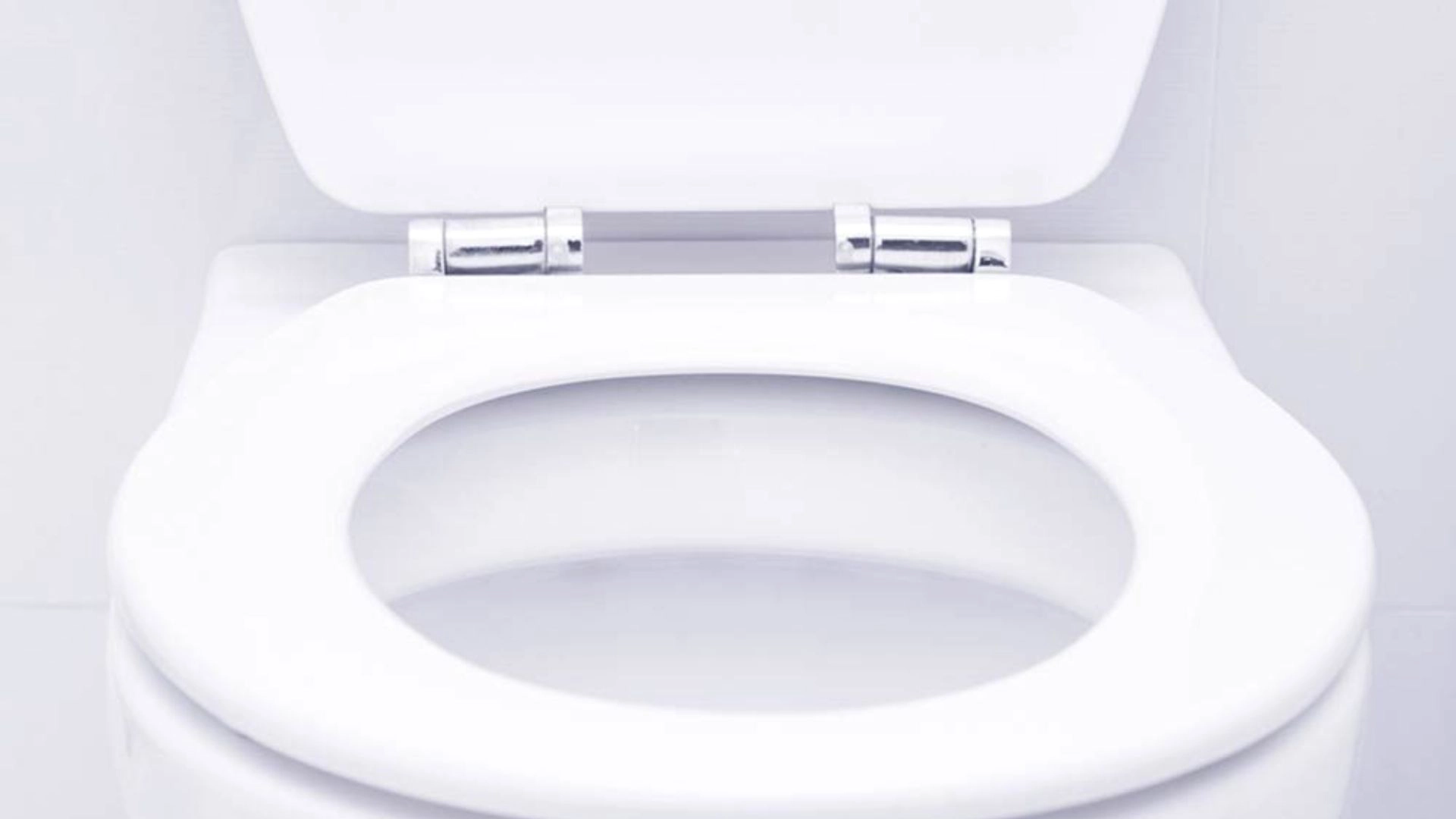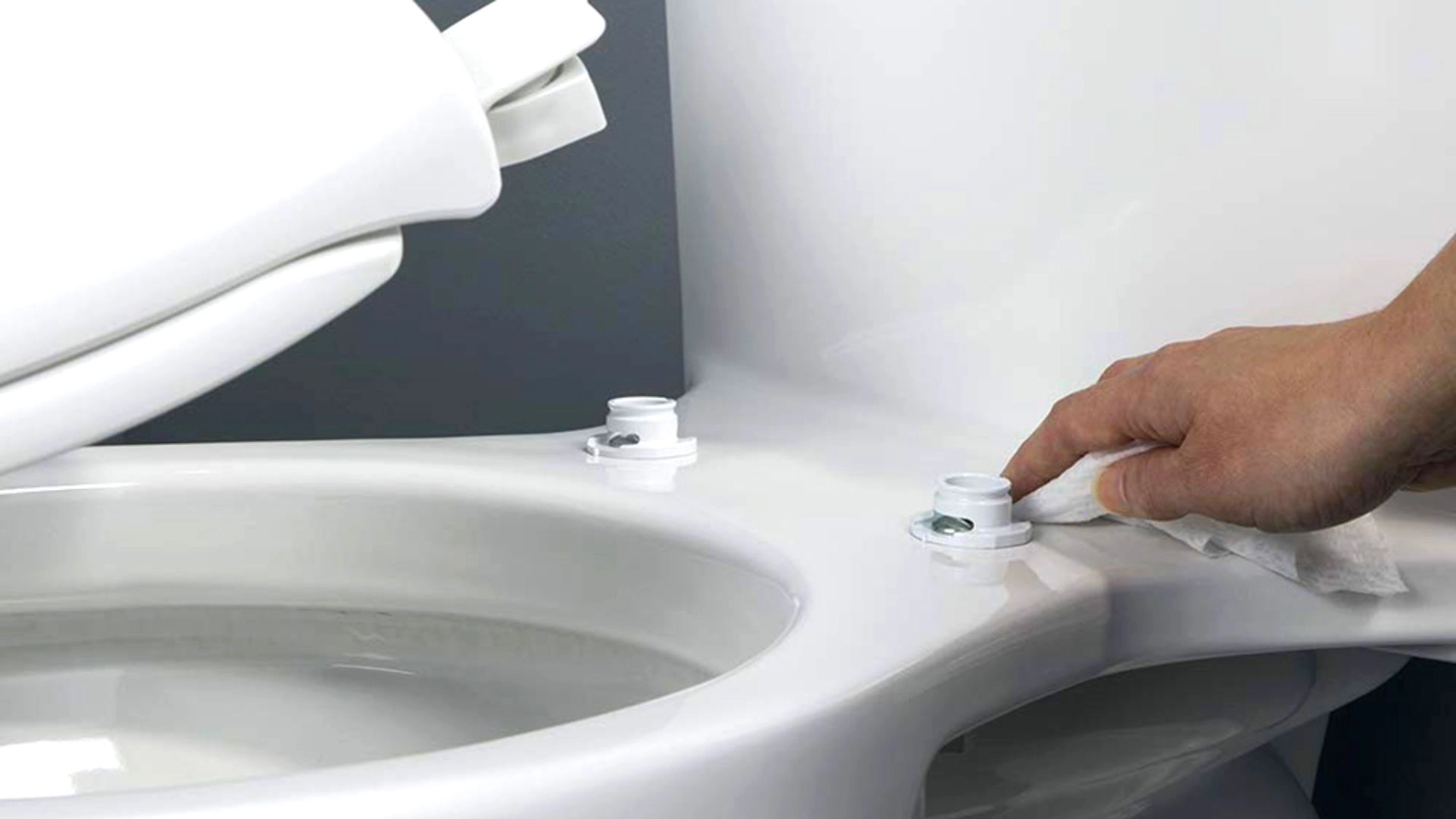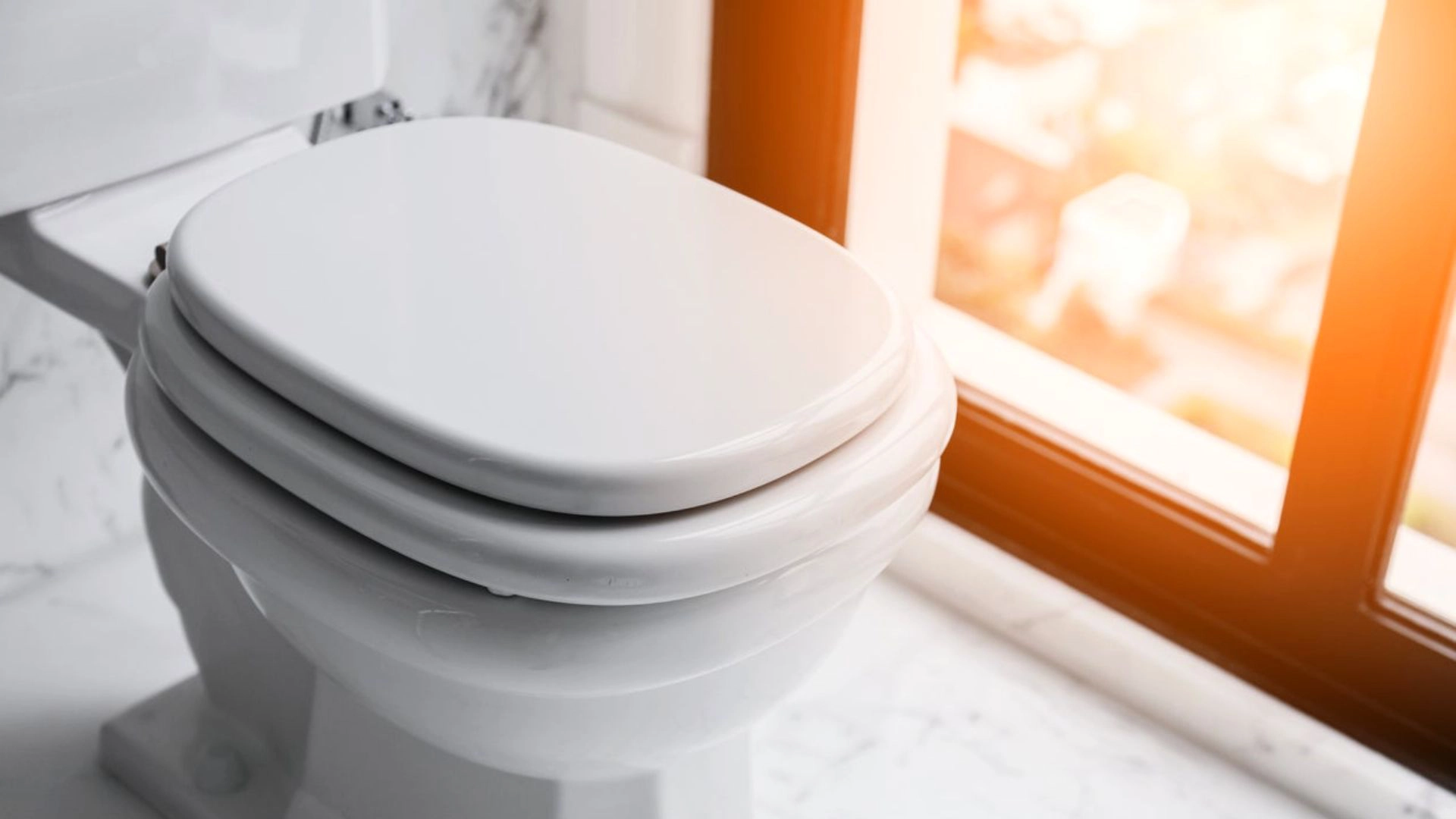How To Stop A Squeaking Toilet Seat
Is your toilet seat making annoying squeaky noises when you use it? Don’t worry, we have made this guide for you to find and resolve the issue behind that annoying sound!
Many of us have previously encountered a squeaky toilet seat, and this high-pitched noise is highly annoying.
Besides being an annoyance, the squeaky noise indicates that there may be a problem with the noisy toilet seat. If left unattended, it may become unstable and unsafe.
When your toilet seat suddenly starts squeaking , you should try to fix it as soon as possible. But if you have no experience with toilet repairs , you might not know how to do it.
That is why we have prepared this brief guide, which discusses steps you can take to stop your seat from squeaking. Without waiting any further, let’s get started.
The Reasons Behind A Squeaky Toilet Seat
Before fixing a squeaky toilet seat, it is essential to know what leads to this problem in the first place. Once you identify the cause, resolving the issue becomes easier, so we have narrowed down the causes of a squeaky toilet.

1. Loose Fittings
This is probably the most common reason behind a squeaky toilet, as a toilet seat is attached to a toilet bowl with the help of nuts and screws. A hinge connects the seat to the toilet bowl , which controls opening and closing.
If any of these components were to become a loose toilet seat, the contact points between the bowl and the seat would be compromised, causing the squeaking noise.
Also, t he nuts and hinges become loose after extensive or improper usage, and when you keep using them despite the squeaking, they will loosen further. This will eventually make the whole toilet seat unstable, so if you sit on it at that point, you may fall and injure yourself, which makes it a safety risk.
2. Inadequate Lubrication
Another reason that may cause your toilet seats to become squeaky is the lack of lubrication in the joints. The toilet seat is attached to the bowl with hinges, nuts, and screws. Usually, these are lubricated to facilitate smooth opening and closing.
Since you will be using the toilet several times a day, the lubricant may dry up, making the joints squeaky. This may also occur in a dry area, where the lack of moisture will cause the lubricant to dry faster than usual.
How To Stop A Squeaking Toilet Seat?
Fixing a squeaky toilet seat may be tricky, especially if you are not a DIYer. But trust us, it is pretty simple, and you can do it with some standard household tools.
The process that you can follow for this purpose has been described below.

Step 1: Prepare the Area
First, you must shut off the water supply to your toilet to avoid any accidents or spillage and close the toilet seat. This precaution helps prevent water from splashing onto your face or body as you work.
Step 2: Expose the Screws
In most cases, the screws on the back of the toilet seat are protected by a plastic cover. Carefully use a standard screwdriver to gently pry open the screw cover, exposing the screws and bolts. Be careful not to apply too much pressure when removing the screw cover, as the plastic is fragile and may crack under excessive force, which could add to your toilet issues.
Step 3: Secure the Nuts and Bolts
The nuts that fasten the screws and bolts are typically located below the toilet seat, hidden from view. Feel the bottom of the toilet seat with your hands until you find them. Once located, hold the nut head steady with a pair of pliers while you tighten the screws and bolts on top of the seat with a screwdriver. Be cautious not to over-tighten, as this could crack the seat, mainly if it’s plastic. If the bolts are loose, consider replacing them with new bolts and adding a rubber washer for a firmer hold and to prevent future toilet problems.
Step 4: Test and Lubricate
After securing all screws and bolts, gently wiggle the seat to ensure it is properly attached and stable. Apply a little silicone spray or another appropriate lubricant over the screws to reduce friction and prevent future squeaks. This step helps in maintaining the seat and addressing common toilet issues like squeaking due to dryness.
Step 5: Clean Up
Finally, wipe any excess lubricant from the toilet seat with a rag or wet cloth to keep the area clean and slip-free. Reattach the screw caps and ensure they are securely in place to avoid them coming loose in the future.

Preventing Future Toilet Seat Squeaks
After fixing a noisy toilet seat, you can take steps to prevent it from squeaking again. Lubricate the hinges every few months by applying a thin layer of petroleum jelly or silicone-based lubricant. This prevents friction that causes squeaking noises when you open and close the toilet seat lid . Also, check the tightness of the bolts under the toilet seat monthly. Use a toilet seat tightening kit or wrench to tighten loose bolts to avoid wobbles and sounds. Consider installing rubber washers between the porcelain toilet bowl and bolts to allow slight movement without squeaking.
Another tip is to check the toilet tank bolts are fully tightened to stabilise the bowl and prevent the whole toilet from rocking when you sit on the seat . This movement can lead to annoying noises. Maintaining proper lubrication and tightness of all connections will keep your toilet seat quiet and prevent embarrassing squeaking sounds when you close the toilet seat. With regular maintenance, you can stop squeaks before they start.
Calling A Professional For Noisy Toilet Seats
While minor toilet seat squeaks can be fixed with DIY troubleshooting, there are times to call in a plumber. If the toilet seat feels loose or unsafe when you sit on it, the porcelain may be cracked or a bolt damaged.
Trying to force off a corroded bolt yourself could cause more harm. A professional assessment is needed if lubricating hinges and tightening bolts don’t fix the persistent squeaking or rocking. An experienced plumber has the expertise to inspect for any underlying issues causing noises and can replace the entire toilet seat if required.
Don’t take risks trying to force repairs on a very unstable or corroded toilet yourself. Call a professional for help whenever the toilet seat makes excessive noise or seems hazardous to avoid damage or injury.
Fixing Your Squeaky Toilet Seat
A squeaky, noisy toilet seat can be annoying and disruptive. Luckily, it’s an easy fix you can tackle with this step-by-step guide. Clean the toilet seat bolts and hinges to remove any dirt or build-up. Apply petroleum jelly or silicone-based lubricant to the bolts and hinges, being careful not to get it on the toilet seat itself. Tighten the bolts underneath the toilet seat if they are loose. This will secure the seat and prevent it from wobbling and making noises.
You can silence a loud, squeaking toilet seat with just a few essential tools and supplies. Properly lubricating the hinges and tightening loose bolts will resolve most issues with noisy toilet seats. Follow these simple steps to fix minor sounds and enjoy a quiet, properly functioning toilet seat again. With this straightforward process, you can remedy toilet seat noises and problems in less than 30 minutes.
If you have issues with your toilet or need a plumber in Sydney - !